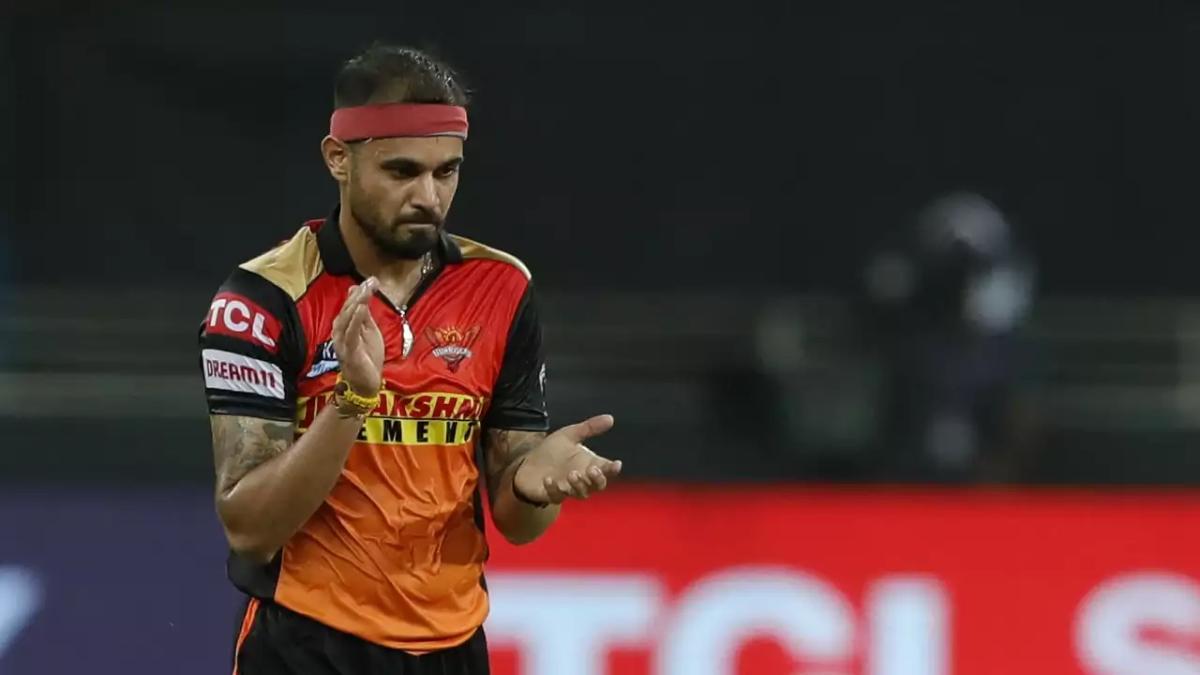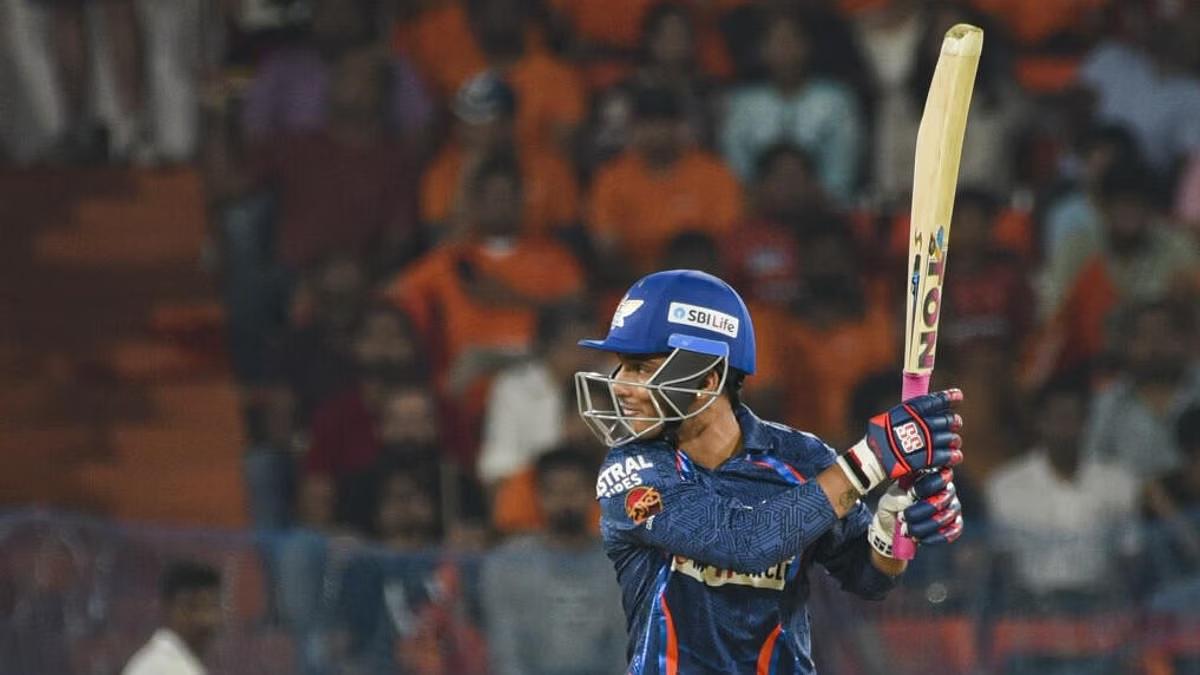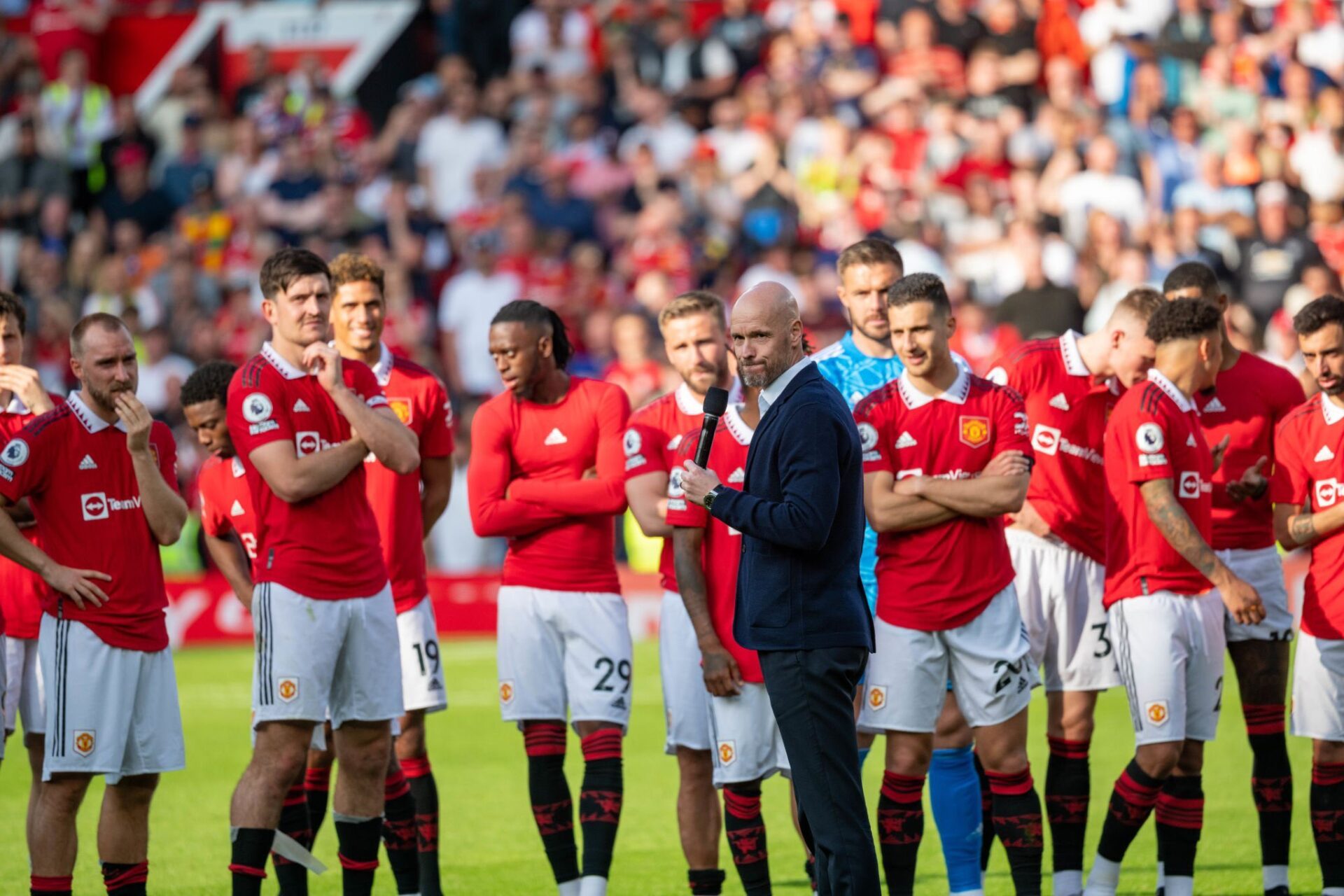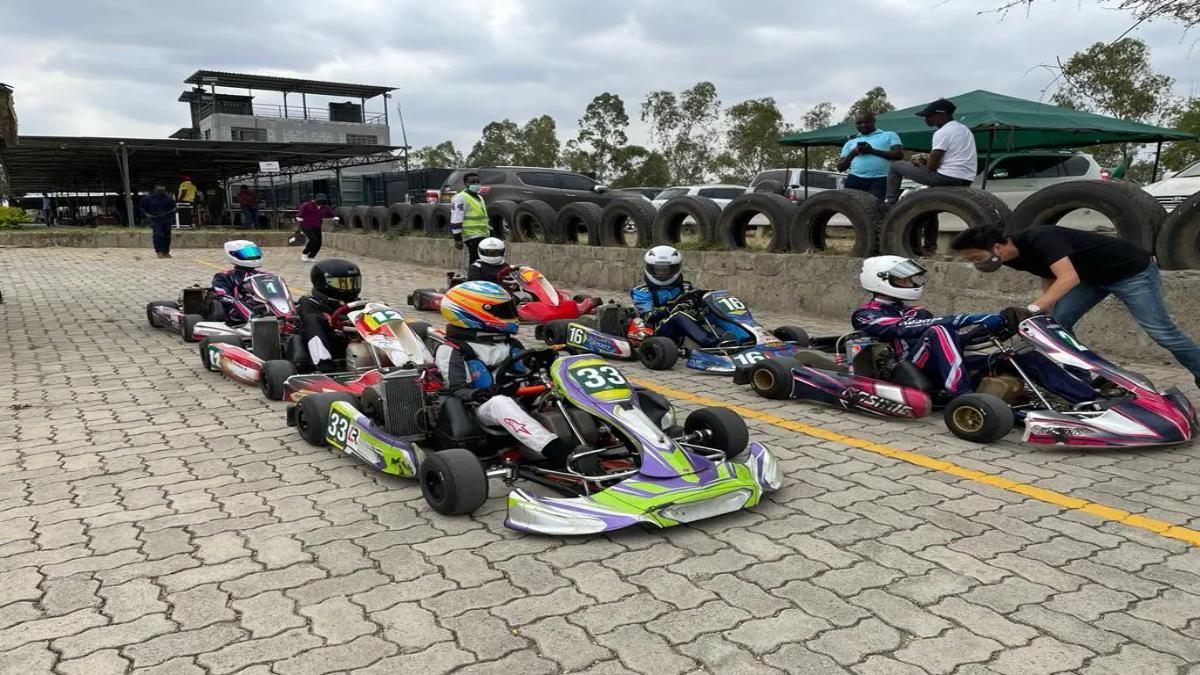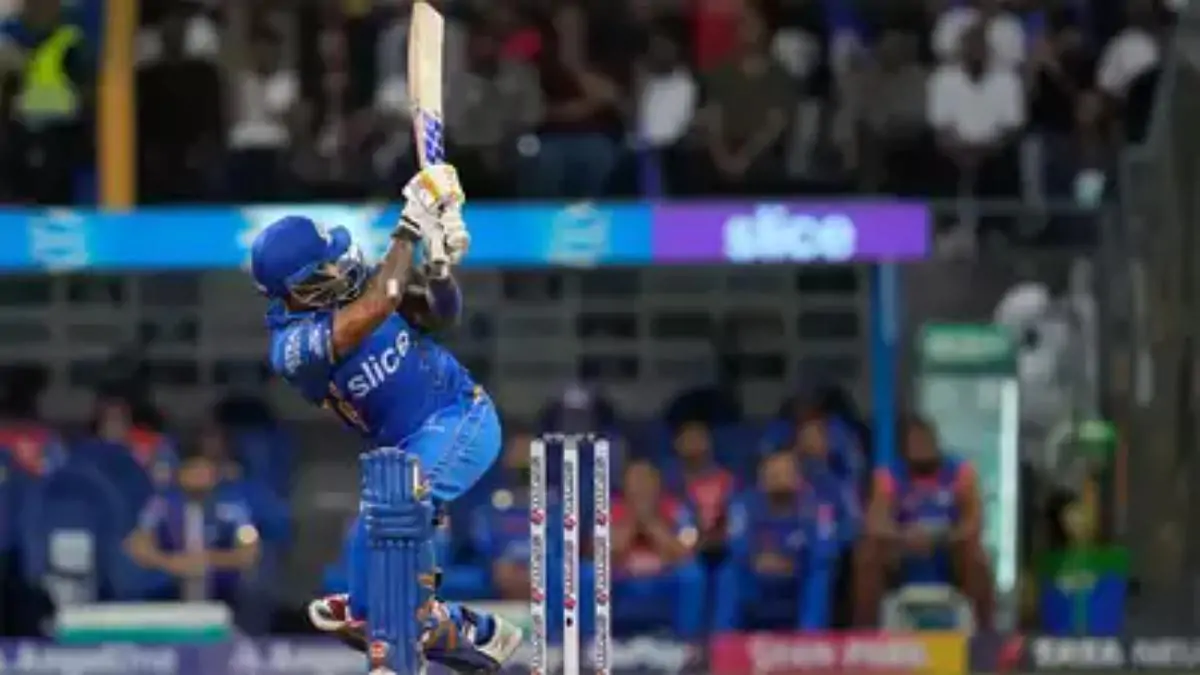(Motorsports news) “There was a problem to begin with,” Track manager Niek Oude Luttikhuis remembers the initial discussions with Formula 1 over a potential return to Zandvoort in this manner. That is the tale of this issue, an unusual concept, and its application. Or, to put it succinctly: How the sharp turns of the Zandvoort F1 course were created. While such a thing had not yet come up in 2018, Max Verstappen had already won a number of grand prix and was well on his way to becoming a national hero in the Netherlands when Zandvoort first began to look forward the return of F1.
Therefore, why not organize a home race for the rising star? At foreign F1 courses and at the Jumbo Race Days in Zandvoort, where thousands saw Verstappen perform demonstration laps in an F1 car, it had already been demonstrated what the “Verstappen effect” could accomplish. The next natural step seems to be to create its own race.
F1 observed its appeal. But they were unwilling to sign a contract with us since, unlike nearly all freshly constructed tracks, we lacked a long straight and, thus, a long DRS zone that would have encouraged overtaking, according to Luttikhuis.
Modern grand prix tracks like the Bahrain International Circuit have straights that are more than a kilometer long. On the other hand, Zandvoort was only 700 meters.What could be done, then, to satisfy the F1 requirements? The simplest solution, according to Luttikhuis, would have been to lengthen the straight, but it is not feasible in Zandvoort.
Because Zandvoort, a town, and valuable sand dunes are on opposite sides of the river. The straight could not be extended by us. Therefore, F1 management recommended turning on the drag reduction system (DRS) for the Arie-Luyendyk circuit’s finishing curve. However, Luttikhuis notes, “with that, we had the issue that the permitted centrifugal forces would have been exceeded in the finishing bend. At the exit of the bend, the cars would have simply gotten too fast.”
As a result, 15 distinct techniques were discussed. “One suggestion, for instance, was to slow down the corner before it to the point where it resembled a 90-degree bend. That would enable the usage of DRS at the finishing corner because the cars could exit that corner more slowly, according to Luttikhuis. Calculations, however, revealed that in each scenario, the core issue persisted. At the finishing bend’s exit, the centrifugal forces would have exceeded what was permitted by F1 regulations. Zandvoort was in a difficult situation.
But eventually, Luttikhuis adds, “I thought, ‘Why don’t we do it like in Indianapolis and put in a steep curve.'” Why? “Because some of the forces would then be directed downwards.” What motivated him to use this strategy? I’ve already visited Monza and was there for business. But did I think of that? I’m not sure. Perhaps the electric car racing track I had as a young lad also served as inspiration for me.
The Zandvoort track management quickly submitted the concept to F1 in some fashion. “I got a response the same day. The voice: “Yes, that might be the answer! It was our responsibility to build a simulation. The Dromo architects and engineers stepped in to help with that. How did Dromo’s founder and CEO, Jarno Zaffelli, respond to the unexpected request for a steep curve? I was positively happy,” the Italian claims.
Because sometimes you have to be a little insane, I thought, “Finally there was someone who was fully passionate about it, come what may.” The technical problem, which involved virtually extending the straight without modifying the circuit layout, captured his attention right away. Therefore, in theory, we had to create a new type of music with entirely distinct key figures and a little bit of a twist.
Zaffelli and Luttikhuis immediately resonated on the same frequency. According to Luttikhuis, if you respond favorably when faced with something novel, you already have a positive outlook. “Then you know, this company doesn’t think about potential difficulties first; it thinks as you do. Dromo has only taken up this responsibility.
Building a sharp curve in this manner was a first for us, Zaffelli acknowledges. For a test site and for lesser projects, we had already created something similar, but each project is unique. This implies that every situation is novel and that no solution can be duplicated exactly elsewhere. Each concept has a prototype.
Dromo did, however, get ideas from other places. Finding examples was the first step. All of the first sharp curves in Europe, such as those at Monza, Brooklands, or Sitges-Terramar. Since the issue is how to mold banking. The penultimate turn should allow the use of DRS, the Hugenholtz-Bocht Turn 3 should be a stunning eye-catcher, and there should be an additional, remarkable overtaking location. These are all tricks that Dromo would need to pull out twice for Zandvoort.
For Formula 1 courses, this is a special section, according to Zaffelli. Because there isn’t anything else like Zandvoort yet, that is why we refer to it as a “hypertrack.” “We wanted to have different angles of inclination in Turn 3, so we also had to be careful about the track height in the curves before and after,” Zaffelli explains. All of that must be taken into consideration when building. The fascinating thing about steep curves is that entering and exiting the bends rather than the banking itself causes problems.
In the past, managing this shift was frequently challenging. But my Zandvoort engineers have produced a masterpiece. The track’s location amid the North Sea dunes is distinctive, but so is the ground it rests on: Sand. Additionally, how it can be constructed depends on its load-bearing capabilities. “It varies by the sea depending on the tides,” claims Zaffelli. “And then you also have to manage the drainage of rainwater.”
As Luttikhuis emphasizes, all of this was done with the understanding that there shouldn’t be too much interference with the track. “Zandvoort is an old-school circuit, and we wanted to keep that aesthetic. Therefore, any modifications shouldn’t make the music less thrilling but rather more so. Additionally, we didn’t want to create a parking lot with brightly colored lines.
These were the requirements Dromo used to start the F1 project at Zandvoort. The Italian business carried out preliminary study and produced many simulations between January and August 2019. “My entire team was involved,” claims Zaffelli. However, the FIA gave the plans the green light to be put into action thanks to the work of his 15 colleagues.
However, there were some skeptics in the accountable commission. For instance, someone claimed that it couldn’t be constructed in this manner, claims Zaffelli. Resistance was also encountered by Luttikhuis: “Some did not trust the statistics. Others were worried because they were aware of what had occurred in the difficult corners of the Indianapolis Grand Prix.
Some onlookers felt that the recollections of these events were still too recent: Ralf Schumacher had crashed in the sharp corner in 2004 after getting a flat tire and had sustained a concussion. bDue to safety concerns, the Michelin-shod teams were unable to start the race in 2005, and just six Bridgestone vehicles competed.There were concerns, according to Luttikhuis.
And with that, it was up to Zandvoort and Dromo to show the project could be accomplished in order to persuade the skeptics that their ideas were viable. This took place at the end of 2019 and the start of 2020: From November to February, we just required four months to complete the construction phase, said Zaffelli. And you can understand what the season signified.
Specifically, single-digit temperature readings, double-digit rain days per month, and the fewest hours of sunshine all year. The construction phase employed about 200 workers from Dromo, Zandvoort, and a nearby construction service provider. Zaffelli explains, “Thanks to our careful planning, we completed it in that time.
Also read: Ricciardo has stated that he will never return to the McLaren F1 level of driving style




